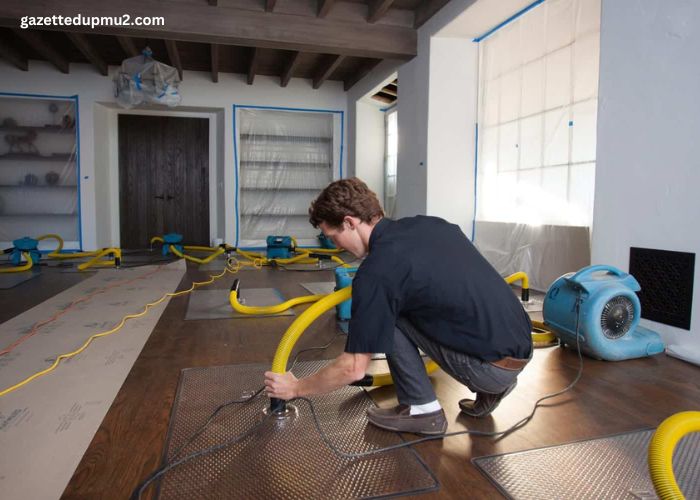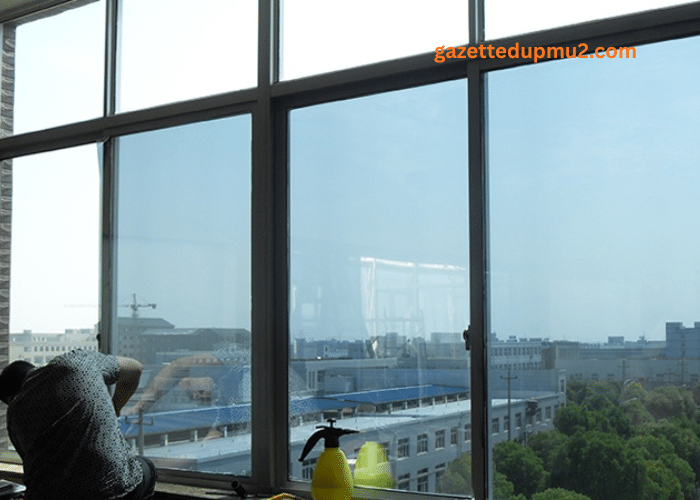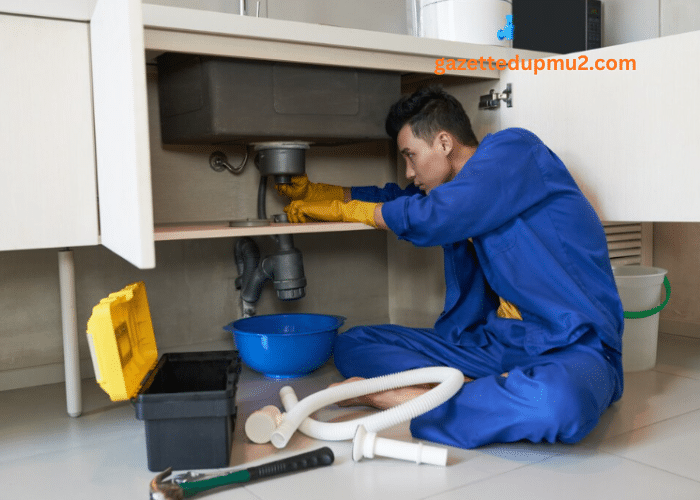Water damage is one of the most common and devastating issues homeowners and business owners face. Whether it’s caused by a leaking roof, burst pipes, or flooding, water can cause significant damage to structures, belongings, and even your health. Immediate and effective water damage restoration is essential to minimize long-term effects and avoid costly repairs. Here are some top tips to help you manage water damage restoration in your home or business.
Act Quickly To Prevent Further Damage
Taking immediate action is essential to reducing water damage. The longer water sits on a property, the more damage it can cause. Water can seep into walls, flooring, and even the foundation, leading to structural issues and mold growth. As soon as you notice water damage, begin the restoration process immediately.
If you’re dealing with flooding or a burst pipe, it’s crucial to turn off the water supply to prevent further leakage. You should act quickly to stop the water flow or redirect it from the area if there is other damage, such as leaks from the windows or roof.
Contact A Professional Water Damage Restoration Company
While some minor water damage might be manageable on your own, it’s generally best to call a professional water damage restoration company. Professionals have the knowledge and equipment needed to evaluate the damage and make the required repairs. They can also handle the complex tasks of water extraction, drying, and dehumidification.
Hiring a professional is especially important for severe water damage situations, such as flooding or when water has reached areas that are difficult to reach. Restoration professionals will ensure that every inch of your property is dried, preventing mold and further damage.
Remove Standing Water And Dry The Area
Once you’ve stopped the water source, removing standing water is the next step. Depending on the extent of the damage, you may need a sump pump or wet vacuum to extract the water from carpets, rugs, and floors. If the flooding is minor, towels, mops, and sponges might be sufficient to soak up excess water.
Drying the affected area is equally important. The faster you can remove moisture from walls, floors, and furniture, the less likely it is that mold and mildew will grow. Air movers, fans, and dehumidifiers can speed up the drying process, but the area may need to be ventilated for several days to completely dry out.
If the damage is significant, such as with large pools of water or moisture in hidden areas like inside walls or under flooring, you might need to use professional equipment to fully extract the water and dry the space.
Check For Mold And Mildew
The development of mold is one of the biggest dangers connected to water damage. When exposed to moisture, mold can grow in as little as 24 to 48 hours and spread swiftly if treatment is not received. Mold can be unhealthy in addition to being unattractive, particularly for those who have respiratory or allergy conditions.
Once the area has been dried out, carefully inspect for signs of mold or mildew. Visible mold might appear as black or green spots on walls, ceilings, or floors. The presence of mold may be indicated by a musty odor even if there is no visible mold. In order to maintain a safe atmosphere, it is imperative that you get any mold found, evaluated, and removed by an expert.
Repair And Restore Damaged Areas
Once the area has dried and any mold issues have been addressed, it’s time to start repairing and restoring the affected areas. This may involve replacing damaged flooring, repainting walls, or replacing insulation. The restoration process should aim to return the affected space to its original state, ensuring that structural integrity and aesthetics are preserved.
Don’t forget to check plumbing and electrical systems. If the water has come into contact with these components, it may be necessary to inspect and repair them to ensure your home or business is safe and operational.
Prevent Future Water Damage
It’s critical to take precautions against more water damage when the restoration is finished. Make sure your drainage, plumbing, and roof systems are in good working order by doing routine inspections. In addition to installing backflow valves or sump pumps as needed, seal any gaps or cracks around windows and doors.
Additionally, you may stop water from pooling around your property’s foundation and leaking into the crawl spaces or basement by keeping gutters and downspouts free of debris.
Conclusion
Water damage restoration is a complex process, but following these top tips can help you effectively manage the situation and restore your property. Acting quickly, enlisting professional help, and taking steps to prevent future water damage are all key to protecting your home or business from the devastating effects of water. Remember, the faster you respond, the more you can limit the impact of water damage on your property and well-being.





